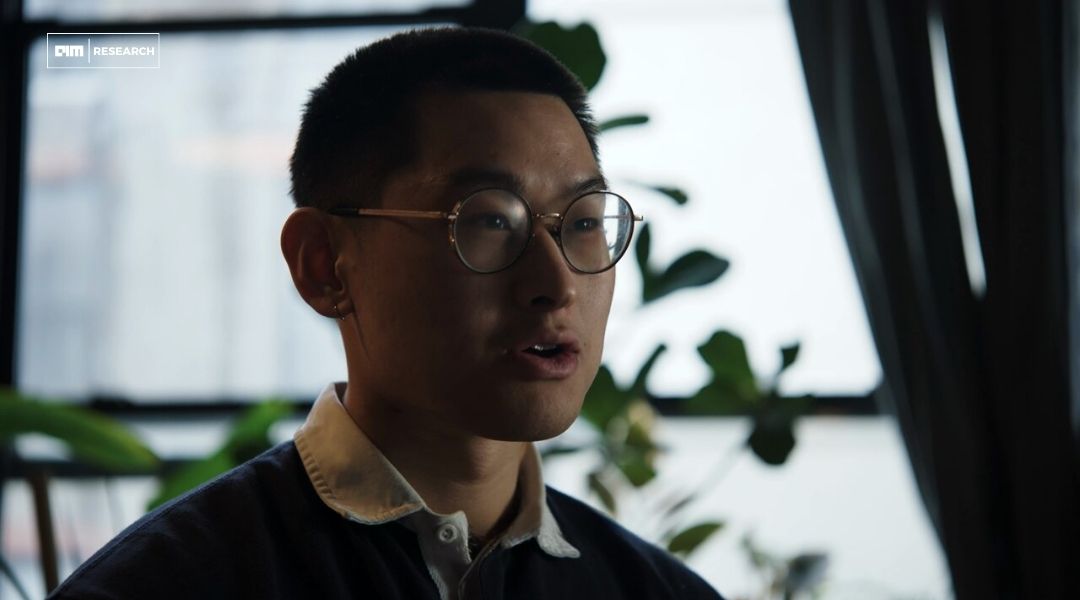
Flora Wants to Fix AI Creativity and Puts Designers Back in Control
- By Anshika Mathews
- Published on
Flora's approach emphasises creative control, cooperation, and iteration over automation for its own sake.


AI-powered creative tools are everywhere, but few are built with actual creative professionals in mind. Flora launched this week with a clear stance which was that AI tools should be more than gimmicks that generate content with little control or refinement. The startup’s manifesto makes that much clear, stating that “AI creative tools should be more than toys for generating AI slop.” Instead, Flora is focused on building what Wong describes as a true “power tool” for creatives, aiming to reshape how professionals interact with AI in their work.
Unlike other platforms that either automate creativity without meaningful input or require complex workflows, Flora attempts to strike a balance. It provides what Weber Wong, Founder of Flora calls an “infinite canvas,” a visual interface that integrates with existing AI models to give users more direct creative control. Instead of creating yet another generative AI model, Wong believes the real challenge lies in how these models are used. “The model does not matter, the technology does not matter,” he said. “It’s about the interface.”
The way it works is simple but structured. A user can start by generating an image, refine it with follow-up prompts, and track every step of the process visually. The canvas allows for branching variations, giving users a comprehensive view of their creative decisions. Everything remains editable, making Flora a space for iterative and collaborative design, rather than a one-shot generation tool.
Flora’s early development has been closely tied to feedback from professionals. Wong and his team have been working directly with visual design agencies, including the renowned firm Pentagram, to refine the product for real-world creative work. The goal, Wong explains, is to enable designers to produce 100 times more work without sacrificing quality. For example, a designer could draft a logo concept and then quickly generate 100 variations while maintaining full creative oversight.
Wong draws a comparison to how music composition has evolved. In Mozart’s time, an orchestra was required to bring compositions to life. Today, a musician can create, refine, and share their work from a laptop using software like Ableton. He sees Flora as providing a similar leap in efficiency and accessibility for visual design.
Wong’s background blends both art and technology. A former investor at Menlo Ventures, he left venture capital when he realized, in his own words, “I was not the person I’d back.” Determined to build something worth investing in, he joined New York University’s Interactive Telecommunications Program, a graduate initiative focused on the intersection of art and technology. That shift eventually led him to Flora.
Wong debuted an alpha version in August with an unconventional demonstration, a live feed from a GoPro camera on his head, streamed on Flora’s website. Visitors could sign up for the waitlist and use AI to stylize the footage in real time. It was a way to showcase Flora’s capabilities beyond static outputs, reinforcing the idea that AI should be interactive and adaptable rather than a rigid generator.
At its core, instead of simply churning out content, it allows users to build structured workflows, refine their work in real time, and collaborate seamlessly. Think of it like Figma but for AI-generated media. Users can connect different Blocks, Flora’s modular creative units to shape their projects dynamically.
Flora also includes a growing library of workflows designed by professionals. These workflows, spanning areas like cinematic storyboarding and typography, provide a foundation for users to build upon. Wong sees this as a way to cut down weeks of iteration, allowing creatives to scale their output without losing artistic integrity.
While Flora aims to serve all types of creatives, its initial focus remains on visual design agencies. By giving designers more control over AI-generated content, Wong hopes to shift the narrative around AI’s role in creativity by giving them better tools. Weber Wong, argues that most AI tools are “made by non-creatives for other non-creatives to feel creative.” With Flora, he’s looking to change that.
Flora’s approach emphasises creative control, cooperation, and iteration over automation for its own sake. And, in Wong’s opinion, that is what actually matters.
📣 Want to advertise in AIM Research? Book here >
Cypher 2024
21-22 Nov 2024, Santa Clara Convention Center, CA
A Vendor Briefing is a research tool for our industry analysts, and an opportunity for a vendor to present its products, services and business strategies to analysts who cover the vendor specifically or a related technology or market.
AIM Research encourages technology vendors and agencies to brief our team for PeMa Quadrants, when introducing a new product, changing a business model, or forming a partnership, merger, or acquisition.


